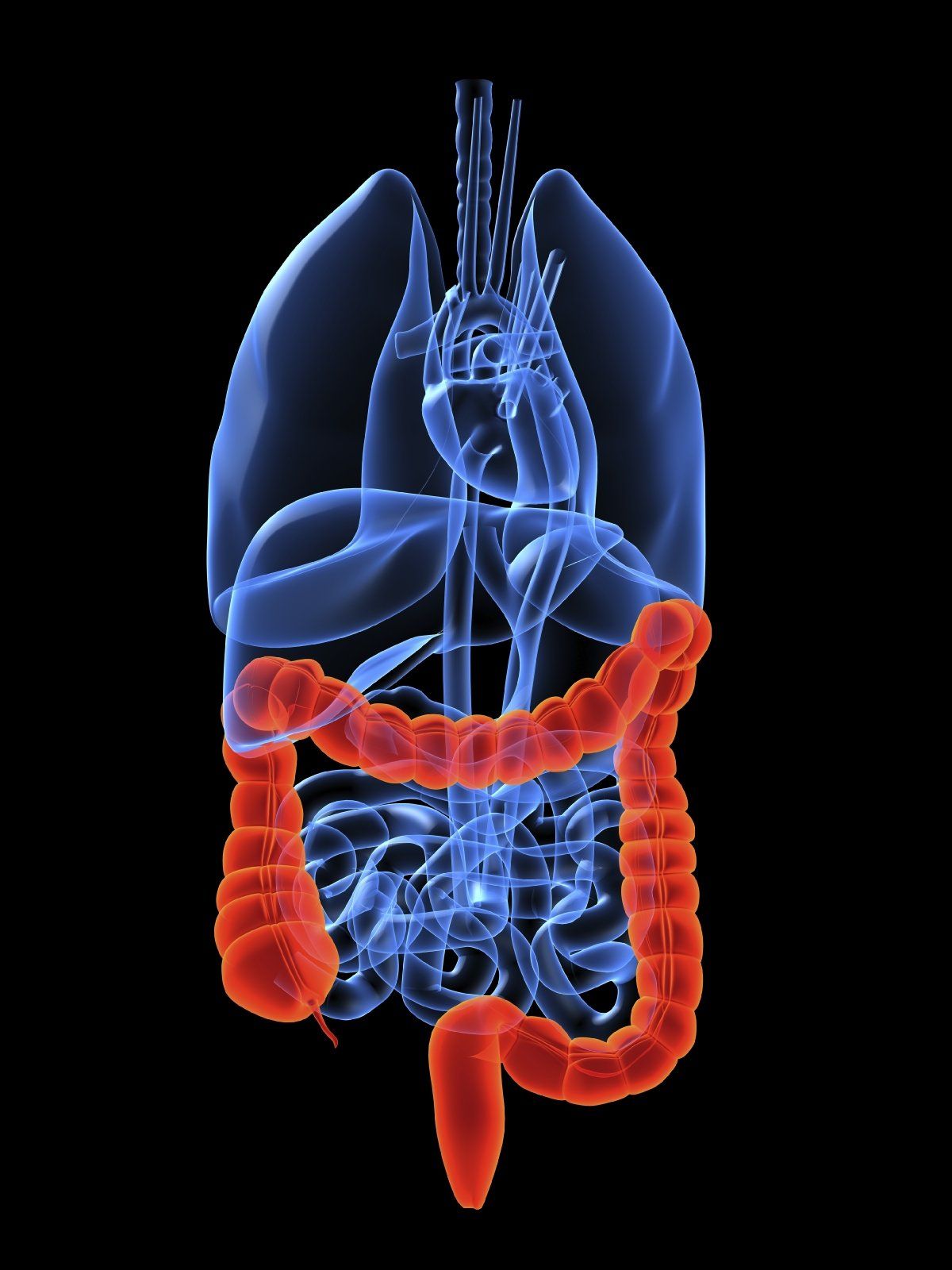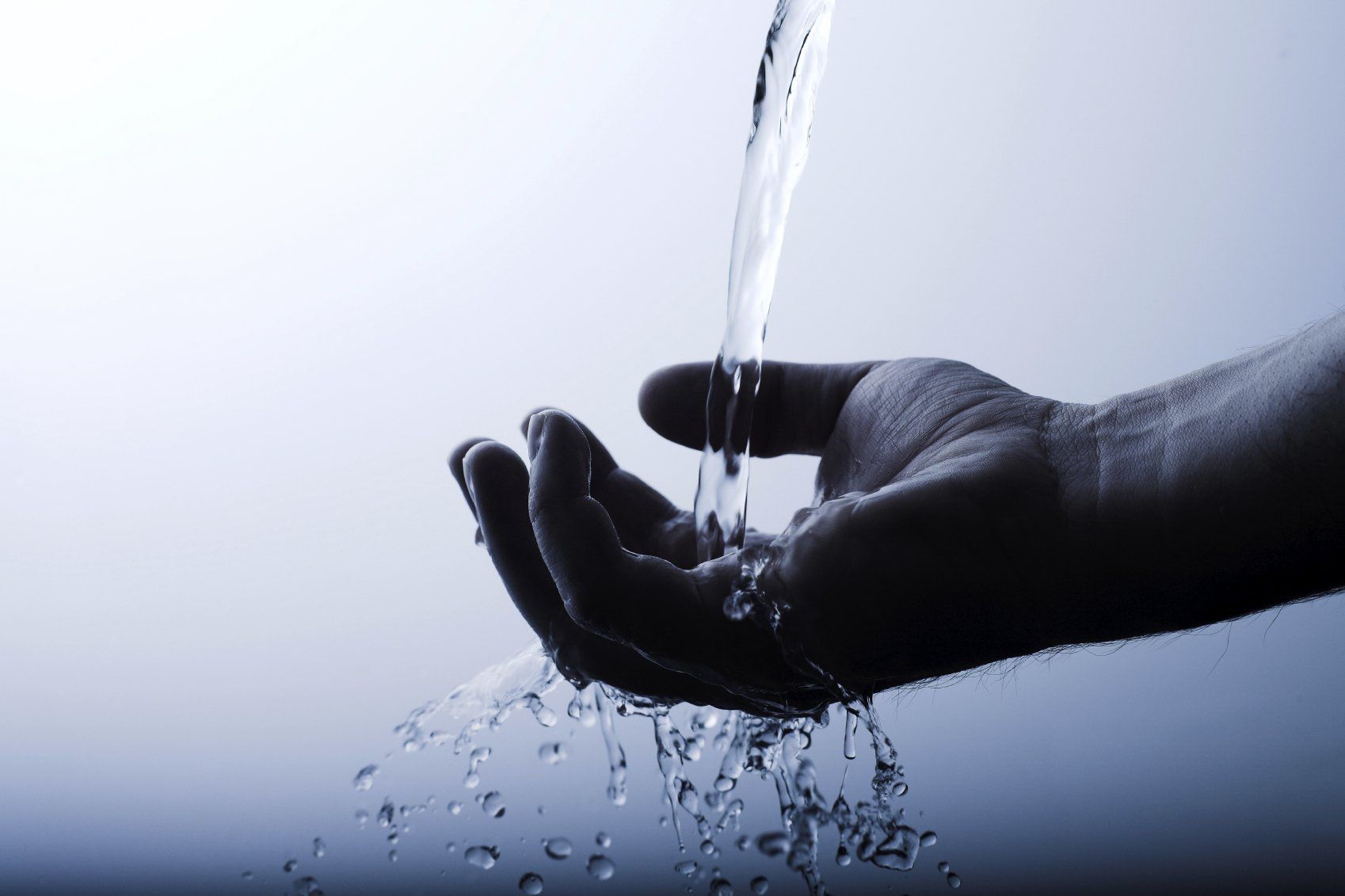3️⃣ IllnessThere are a thousand diseases...but only one healthL. Börne
🔬 Growing bacteria yourself
Grow bacteria like a pro!
Serviceliste
-
For the experiment you need the following items:Listenelement 1To make culture medium: 3 Petri dishes 10g agar agar Heating vessel 180ml distilled water Where do we find the most bacteria? Determine 3 different surfaces where you want to collect samples. 3 Petri dishes (either your own or purchased) A pen Money Telephone Doorknob 3 cotton swabs Distilled water Camera
-
Preparation1. The Petri dishes are clean and packed in a bag. The dishes are sterilized in a laboratory before use. In our case, we make sure that the dishes remain closed until they are used to prevent unnecessary contamination. 2. Agar is a gelling agent, as is also used in the food industry (E406). Agar is a long-chain sugar molecule and is usually obtained from red algae. Bacteria and fungi need food to grow, which is why our agar also contains a protein obtained from meat.
-
ImplementationListenelement 3Attention: you should get help from an adult for this part of the experiment!!!! 1. Bring the water to the boil slowly and then stir in the 10 g of agar agar step by step, stirring until the gelling agent has dissolved. 2. This finished mixture can then be carefully poured into the sterile Petri dishes (do not put too much liquid in one Petri dish). After you have poured the liquid into the dishes, allow them to cool to room temperature for approx. 15 minutes. 3. Then place your finished Petri dishes in the fridge with the bottom side facing up. This ensures that the dishes do not become dirty from the condensation. 4. Petri dishes filled with agar can be stored in the fridge for several months. If you want to use them, they must be taken out of the fridge and brought to room temperature before use. 5. In order to be able to assign the dishes to the correct sample, you should definitely pay attention to the correct labeling. Part 2 1. Now take your Petri dishes and place them upside down on the table. Use a felt-tip pen to label the bottom of the dish (preferably along the edge) with the location and date of the sample. e.g.: "Money 12.02.2020". Turn the dishes back over with the lid facing up. 2. Now you can start taking the samples. To do this, moisten a cotton swab with distilled water (low-germ). Now stroke and roll the end of the swab over the area to be tested. Make sure that the cotton comes into contact with the sample site all around. 3. Open the appropriately labeled Petri dish and transfer the collected germs from the still damp cotton swab to the culture medium by drawing a zigzag line across the entire surface on the agar while turning the cotton swab. Close the dish and dispose of the swab. 4. Repeat the process for the other two surfaces. ❗️ Caution: Use a new cotton swab for each sample. 5. Place the Petri dishes upside down in a box and stick the lid and bottom together with two strips of adhesive tape. You should now store the closed cardboard box in a warm place (ideally 25 to 32°C) so that the germs can grow. 6. The Petri dishes can be examined for growth every day. The dishes should not be opened! You never know what might grow there. 7. After 7-10 days (depending on the temperature) all the bacteria should have grown sufficiently.
-
WatchListenelement 4a) Look at the samples every day and write down your observations ________________________________________________________________________________________________________________________________________________________________________________________________________________________________ b) Take a photo of the bowls every day to compare them. c) Do all the bowls look the same or can you see a difference? ________________________________________________________________________________________________________________________________________________________________________________________________________
-
EvaluationOn which shell can you see the most bacteria and what does that mean? ________________________________________________________________________________________________________________________________________________________________________________________________________________________________________________________________________________________________________________________________________________________________________________________________________________________________________
-
Here is the worksheet to print ⬇️










